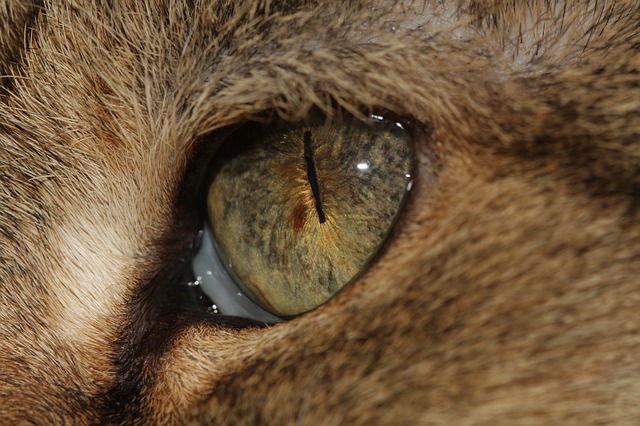Some animals have pupils with horizontal slits, others have ones with vertical slits, and some even have round pupils similar to humans. Is there a purpose for this after all? This topic has been debated for years, but research teams at the University of California, Berkeley and Durham University in England have discovered that pupil shape may very well be linked to animal size and whether the animal is a predator or prey.
It has been well known in the science community that pupil shape was linked to whether an animal is active or sleeps more in the daytime or night. But it’s now known the purpose may go far past that.
A new study published Friday in Science Advances reveals that vertical slit pupils are linked to smaller animals, close to the ground, who are ambush predators. Domestic cats, crocodiles, and geckos are examples of such animals. Theses animals typically wait quietly and leap out for the kill.
Vertical slits enable them to do this easily because vertical pupils help them more accurately detect distance and can bring their target into clear focus. Larger prey animals, such as lions or tigers, have round pupils similar to humans. They don’t need the vertical slits since they are not so close to the ground and can easily see distance.
Animals more likely to be hunted, such as goats, sheep, and horses, tend to have horizontally slanted pupils on the sides of their heads. This gives them the ability to detect predators from a wider range around them.
“The first key visual requirement for these animals is to detect approaching predators, which usually comes from the ground, so they need to see panoramically on the ground with minimal blind spots” said Vision Scientist Martin Banks, UC Berkeley Professor of Optometry.
The study comes from researching eye shapes of 214 species of land animals. Using computer simulations, researchers were able to determine how vision looks when seen through different shaped pupils.
“It’s not just random, said William Sprague, post doctoral researcher at UC Berkeley who co-authored this research study. “The changes are associated with their ecological niche.”
























